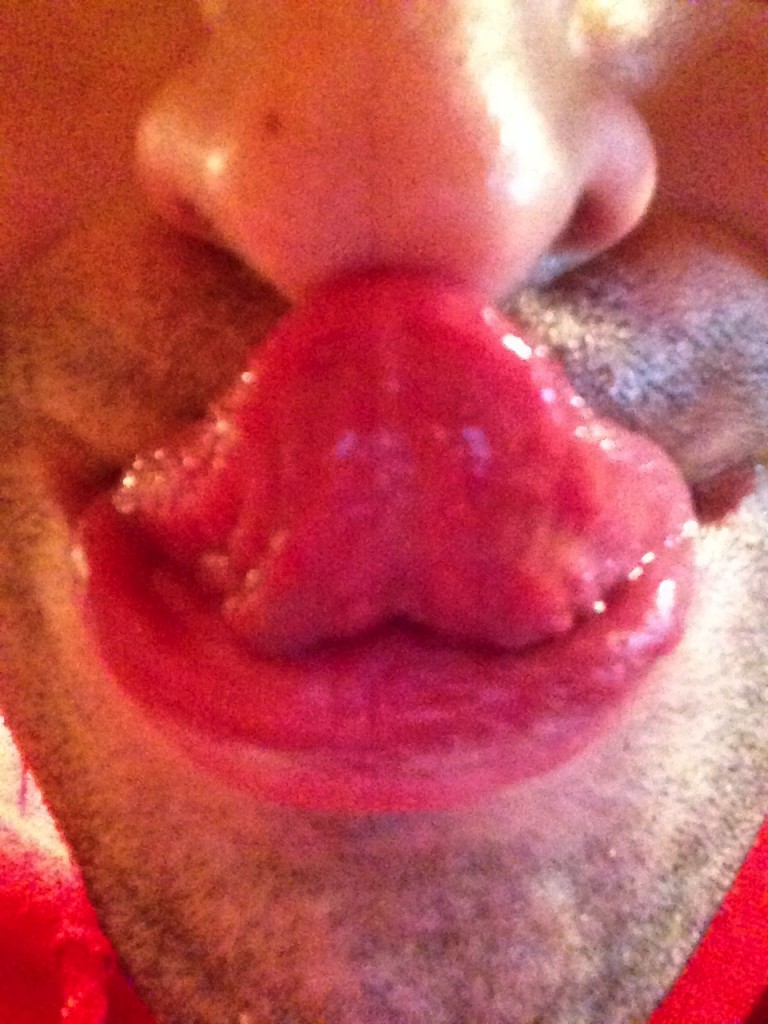
In recent weeks, of my adolescent scoliosis patients, three have confirmed cases of Ehlers-Danlos Syndrome (EDS) (siblings and another) and one other has a suspected connective tissue disorder, possibly EDS. With this coincidence, I thought a blog about Ehlers-Danlos accompanied by scoliosis in order.
EDS is a fairly rare genetic disorder, classified according to type of which there are six. Symptoms of EDS may include joint hypermobility, hyper-elastic, frail skin (stretches easily), low muscle tone, tissue weakness, a tendency to bruise easily, joint pain, and eye issues – among others.
Gorlin sign is a potential predictor of EDS – about 50% of EDS patients can touch the tip of the tongue to the nose. However, this phenotype can also be demonstrated by scoliosis patients without EDS, and in about 10% of the general population.
Recent literature suggests a new clinical sign known as Reverse-Namaskar as a predictor of EDS. This indicator is demonstrated when patients can touch the palms of their hands together, behind the back with fingers pointing upward.
EDS can be a challenge for doctors to diagnose because the outward manifestations are varied, even among those of the same type. If you or your doctor suspects EDS, look to your family history.
EDS is the result of a genetic abnormality passed from parent to child. In simple terms, the fragile, hyper-extensible skin and hyper-mobile joints are the result of the production of abnormal proteins which in turn are responsible for defective collagen.
Often, when hyper-mobile joints or other symptoms of EDS become problematic for patients, doctors sometimes consider another connective tissue disorder – Marfan Syndrome. Marfan patients also exhibit hyper-mobile joints, often with long limbs – like Abe Lincoln – although his having Marfan Syndrome was never confirmed, merely suggested.
It is important to take note, Ehlers-Danlos Syndrome is not common and simply having hyper-mobile joints does not mean a person has EDS. There are not many with scoliosis who have EDS, but some with scoliosis happen to have hyper- mobile joints.
The six specific ‘types’ of EDS are: hypermobility, classical, vascular, kyphoscoliosis, arthrochalasia, and dermatosparaxis plus one ‘other’ type according to the website of the Ehlers-Danlos National Foundation. Each type has different manifestations and prognoses.
Having EDS not does specifically mean a person will have scoliosis, but in some instances scoliosis is a skeletal manifestation of EDS. When scoliosis does present with EDS it is usually concurrent to certain types. Do not confuse being classified in the EDS kyphoscoliosis type with someone exhibiting kyphoscoliosis of the spine.
Determining a diagnosis of EDS is often a process and an adolescent scoliosis may present before EDS is suspected or diagnosed. If EDS is suspected, it is wise to consult a rheumatologist or a national specialist in EDS. A medical geneticist should also be consulted for confirmation and typing.
When treating an EDS patient, or any patient with a suspected connective tissue disorder, caution is in order and I request a cardiology pre-check prior to beginning Schroth spinal exercise rehabilitation. A cardiologist provides testing and confirmation that exercise is not contraindicated. This is necessary because it is uncommon, but not unheard of, for some patients with EDS or other connective tissue disorders to be at risk of cardiac complications and organ fragility.
When EDS is suspected or confirmed – and accompanied by scoliosis – Schroth Method instruction requires a practitioner experienced in the nuances of exercise for patients with connective tissue disorders and scoliosis. Certain EDS patients are candidates for scoliosis exercise, some are not.
Exercising and incorporating conservative measures to prevent scoliosis from progressing, if possible, is recommended for some with EDS. Elements of the foundation of our scoliosis back school program – education, ADLs, learning proper body mechanics – may be of benefit to the EDS patient, with and even without scoliosis. For those with EDS and scoliosis, non-weight-bearing scoliosis specific exercise can help strengthen the musculature and stabilize the joint laxity in the spine in an effort to potentially halt scoliosis progression and protect the spine and back from potential injury.
In my opinion, the EDS-scoliosis patient will want to try conservative management measures for a chance at avoiding scoliosis progression. Avoiding surgery is important for those with EDS because of the risks associated with blood vessel fragility as a result of the collagen abnormality, and also from wound healing complications sometimes associated with EDS.
When it comes to preventing scoliosis progression, with EDS or without, the earlier proactive curve-pattern exercise protocols are adopted the better. This offers the adolescent with scoliosis the best opportunity to avoid progression via nonsurgical methods. Schroth exercise offers the EDS-scoliosis patient the chance to improve spinal stability and benefits both conditions, simultaneously.
Internet References:
- http://www.ncbi.nlm.nih.gov/pmc/articles/PMC2856381/
- http://www.ednf.org
- http://www.ncbi.nlm.nih.gov/books/NBK1244/
- http://www.scoliosisjournal.com/content/5/1/26
- http://www.ncbi.nlm.nih.gov/pubmed/12709851?dopt=Abstract&holding=f1000,f1000m,isrctn
- http://www.ncbi.nlm.nih.gov/pubmed/19214086?dopt=Abstract&holding=f1000,f1000m,isrctn
———
Thanks MCM for the photo!

